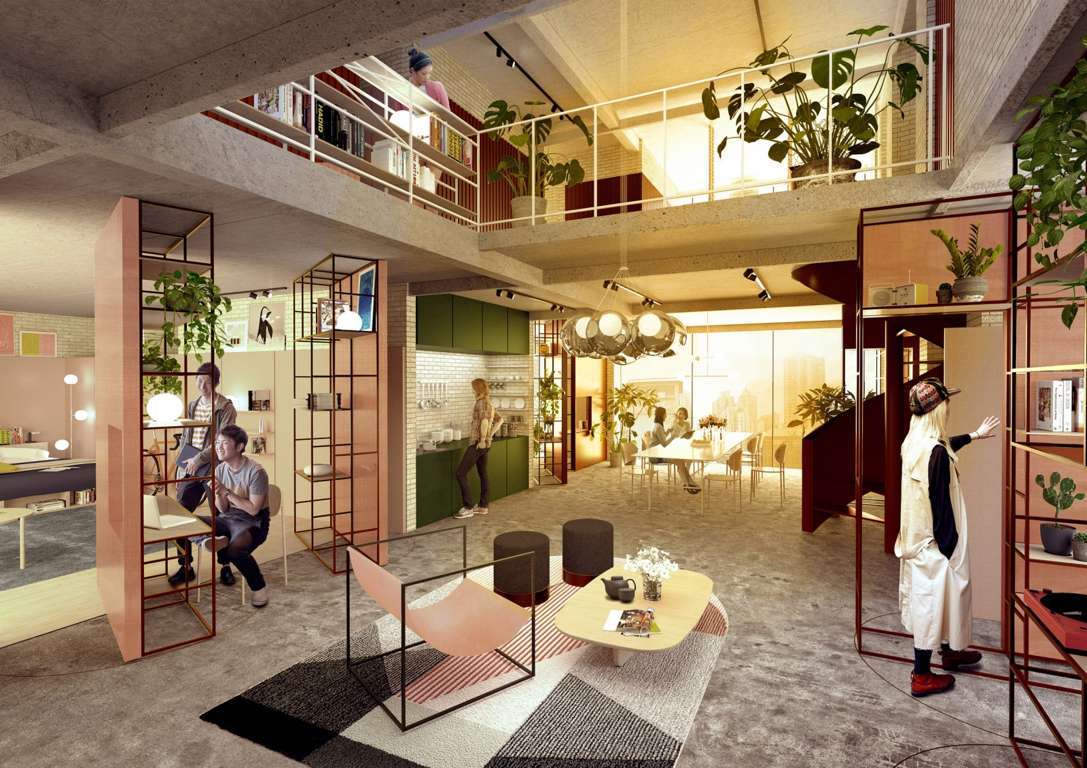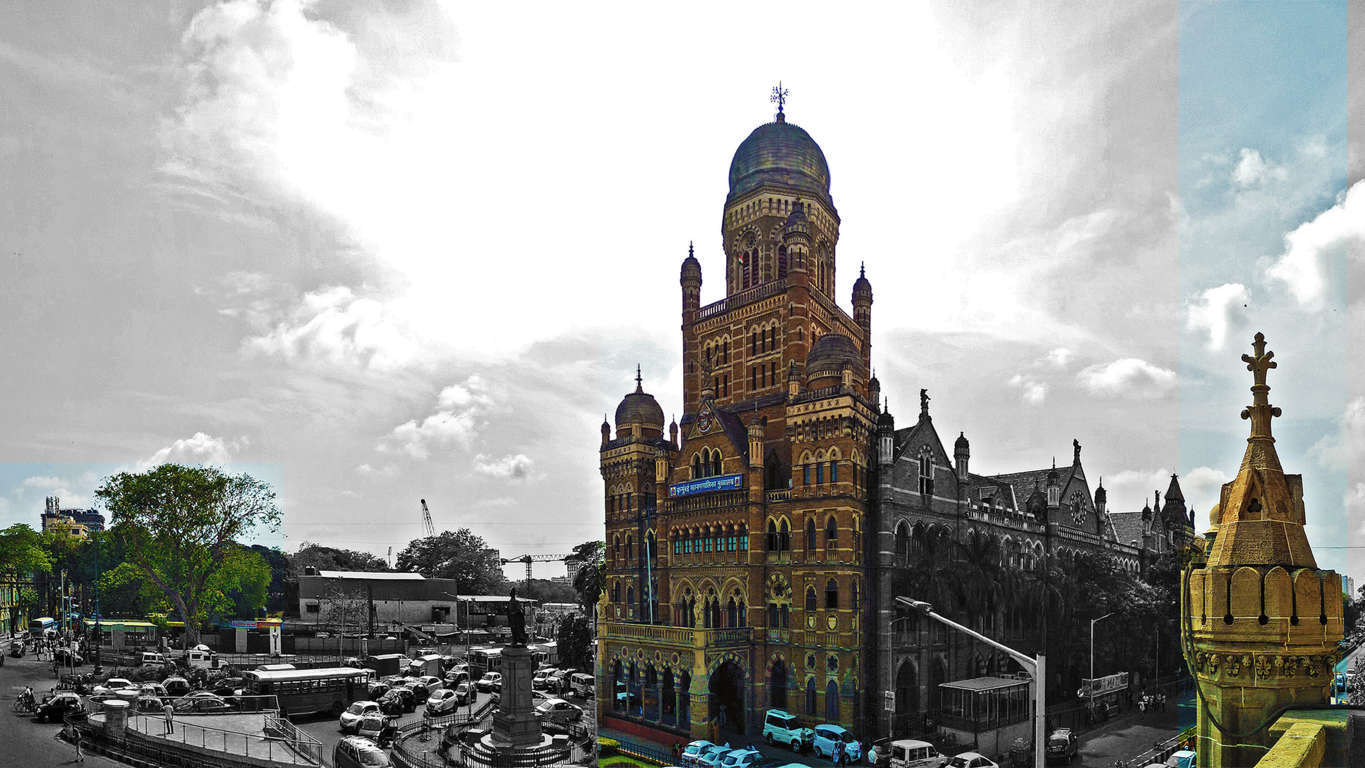AEROTROPOLIS – The new era of connectivity
“Airports will shape
business locations and urban developments in the 21st Century as much as
highways did in the 20th Century, railroads in the 19th and seaports in the
18th.”
-
Dr. John D. Kasarda
As
the globalization took place a new world of communication and trade started,
and there Airports played key roles of major nodes in global production and
sale, offering technology, high speed, reliability and great connectivity. From
then only, Airports are powerful engines of local economic development
increasing its business and stabilizing its economy, attracting air-linked
investment of all kind of environments.
Aerotropolis,
coined by Dr. John D. Kasarda are the airport driven economic development,
where the airports develop the cities, instead of cities developing the
airports. These cities are not just a simple form of land-use framework,
instead a development strategy incorporating integrated planning, liability,
social liveliness, and environmental sustainability.
An
aerotropolis is a city by airports, and who does not only consider the
economies of scale and scope, but also the economy of speed, where the primary
metrics is not distance and space, but the cost and the time that connects
suppliers, customers and business partners.
In only
past few years, the world has seen emergence of these aerotropolis in almost
each of its continents, where their list can also be seen in John D Kasarda’ s
report ‘Airport cities: The evolution’
Where in
India we have only one aerotropolis situated in Andal, Durgapur, west Bengal, we
have other international case studies like at Incheon International Airport
where there is multimodal mixed use complex, retail and commercial areas,
logistics hub, ICT functional spaces, high tech assembly hall, along with a new
mixed use town predominantly residential, they also have IFEZ which are Free
Enterprise Zone and are “Pentaport”- which means a combination of seaport,
airport, teleport, and a business port too, as well as they ask the
participation from the private sector and foreign investment by providing
subsidies from the nation’s government (Korea).
The Granddaddy
of Airport cities is that is the Schiphol International Airport, Amsterdam’s
major and long term vision is to encourage and bring foreign and local
investment brining global competitiveness, it aims at opening new employment
opportunities while keeping the existing employment in mind too, it’s a design
that incorporated commercial services and offices at just 10-minute walk from
the terminal with a project of public-private-partnership.
Next can be
taken from the city of Memphis, where their 3 main pillars of economics is logistics,
tourism and medical services, it was a project undertaken in 2014 by the lead
organization ‘city of Memphis’ under ‘Memphis-Aerotropolis Master plan 2014’.
The city is of 655,000 counts with home to world’s second busiest cargo hub,
fourth-largest inland port and country’s busiest transportation hub, where
freight related industries and distribution plays a key role in their economic
development and employment generation. While the Memphis case study became one
of the most researched aerotropolis, it faced challenges while making it too,
from having 33% traffic of semi-trailer trucks, and only 20% of airport city
roads carrying 80% of traffic volume, to having 38% of the city zoned for
industrial or employment use along with 30% decline in vacancy in Memphis
industrial area. The Airport city had 31% of vacant or building land while two
times land restricted from development, having 4.7% of airport city under
unbuildable condition due to flood risk. Still the master plan kept the vision
and strategy of 1. Improved Public Safety via community policing, presence of
stronger police, code enforcement and eliminating blight; 2. By identifying
clusters for vertical business via flex space for incubator businesses,
vertical districting and centralized support services, hotel, bars and
restaurants; 3. Continuing Education via specific technical training for
industry, aerotropolis university, adult literacy and computer education; 4. Connections
to Rivers and Waterways via Passive Recreation Areas, Hike and Bike Trails, and
Interpretive Areas and Signage; 5. Land Acquisition / Assembly / Investment via
Establishing Redevelopment Areas, Tax Increment Financing, Tax Abatement, Infrastructure
Investment ; 6. Agribusiness and Renewables via Biotech related medicinal
plants, renewables, and photovoltaics and wind power; 7. Neighborhood Based
Mixed Use Clusters via Community gardens, events, local restaurants and
markets, and Continuing Education / Vocational Training; 8. Transportation and
Corridor Strategies via Landscaping, resurfacing of roads, increased transit
serves, branding and wayfinding’s, and blight removal; and one of the most
unique strategy for a city and crucial for any business hub 9. Branding and
Marketing via High Tech Workforce, State of the Art Airport, Robust Economy, and
Great Neighborhoods, these were the strategies that they took in 2014 master
plan, and now in 2020, it is one of the most renowned aerotropolis.
India is no longer far away from the concept of
Aerotropolis, while it is township ‘SUJALAAM SKYCITY’ in Andal, Durgapur of
west Bengal, it aims to be the first aerotropolis of India with a new Kazi
Nazrul Islam Airport under the project lead Bengal Aerotropolis projects
limited (BAPL) with the backbone support of West Bengal’s Industrial
Development Corporation (WBIDC) and International Pte. Ltd. (CAI). This first
Aerotropolis of India is a privately owned and managed greenfield airport city
with an airport, a supporting township and a logistic hub all in 15 min drive
from the city Durgapur and is situated on the golden quadrilateral of India.
The city
promises urban growth with intelligent planning and execution with least flaws
with integrated planning approach trying to reside a population of 70,000, a
city spread over just 7 sq. km having six-lane arterial roads as well as
sidewalks and cycle tracks with blue network of water bodies and green open
spaces, state of the art healthcare with a multispecialty hospital and
educational institutes for all ages including spiritual school and an
industrial, IT, logistic skyhub. The major statutory feature that catches the
eye is its autonomous governing urban local body ‘The Golden City Industrial
Township Authority (GCITA)’, constituted under section 385A of the West Bengal
Municipal Act 1993 in the year 2015, thus keeping the Indian constitution act
of urban local body on check having one with each Indian city.
References
|
[1] |
J. D. Kasarda, "About airportcity," 16 October 2020.
[Online]. Available: http://aerotropolis.com/airportcity/index.php/about/. |
|
[2] |
A. Agrawal, "AEROTROPOLIS The Age of New Urbanism (A Case Study
of Ahmedabad city) India," National University of Singapore, 2017. |
|
[3] |
J. D. kasarda, "Aerotropolis business magnets - SPECIAL REPORT:
ECONOMICS & FINANCE," AIRPORT WORLD/ISSUE 1, 2020. |
|
[4] |
J. D. kasarda, "Aerotropolis engines beying asia," 2020.
[Online]. Available:
https://airport-world.com/aerotropolis-engines-beyond-asia/. [Accessed
2020]. |
|
[5] |
C. o. Memphis, "MEMPHIS AEROTROPOLIS Aerport city master
plan," U.S. Department of Housing and Urban Development, 2014. |
|
[6] |
Bengal Aerotropolis Projects Limited , [Online]. Available:
http://www.bengalaero.com/ . [Accessed 16 October 2020]. |
Related Articles

Co-living becoming the next biggest wave in the real estate sector

Reforming Urban Planning in 21st Century Indian Cities

Housing Typologies and Characteristics

CONCEPT OF 3-30-300 RULES IN URBAN AREAS





